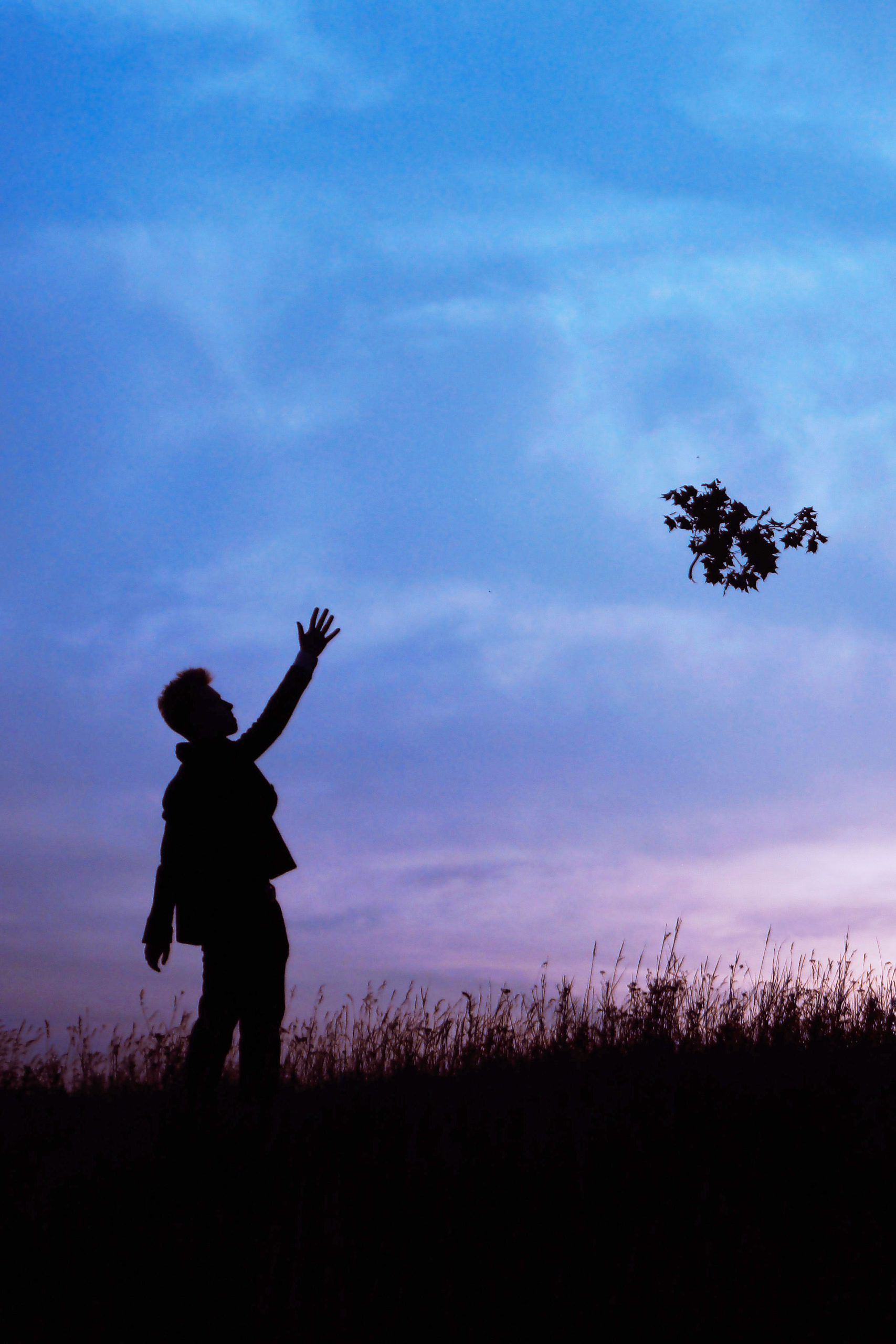Change, sadness and letting go
The smell of nostalgia in the coolness of the early autumn air, when the leaves are beginning to turn and memories of the summer months are already fading out of sight.
The abrupt ending of a cherished relationship that was built and deepened over time, rooted in shared experiences impossible to recreate, the hope and enthusiasm of future projects now disappearing in the blink of an eye.
Looking back over the years and realising that you are no longer the child, or the teenager, or the young adult that you used to be, that your dreams have evolved, your priorities have changed, and your path is different to what you had imagined.

Change.
They tell us from a young age that it’s a part of life, and a part of growing up, but few of us are taught how to move through change and embrace it authentically. For within change there is a complex mix of emotions and feelings. How many of us truly listen to them as they guide us to adapt, let go and move on?

Sadness.
The sadness involved in dealing with change has an important role in letting go. Sadness softens us. It makes us withdraw and turn inwards, cutting ourselves off momentarily from the outside world as we rearrange and adapt our inner landscape. It releases our grip on the past and refreshes our psyche.
When we open the floodgates and let waves of sadness consume our being, it might feel as though it will never end, but when we come out the other side, there is a sense of relief and deep relaxation, and a freshness that opens the way for new beginnings and possibilities.
Sadness, like many emotions, is not welcomed in our culture. It is seen as a problem to be cured rather than a necessary part of the letting go process. It is seen as a weakness, a character flaw, and stigmatised even more so in men than in women. Many people cover up sadness with an “everything’s fine” approach so that they won’t be judged for being “weak” or “sensitive”. This means that the waves of sadness, rather than follow their natural course, get dammed up just below the surface. This causes us to be never fully present, forever turned inwards on ourselves, with our experience of the world slightly under its influence as we find ourselves feeling nostalgic, gloomy or melancholic for no apparent reason.
Resistance.
The cultural rejection of sadness means that we often resist it within ourselves.
In many of us who find it difficult to let go of loss and embrace change there is a certain hardness, a rigidity. The jaw slightly clenched, the walk slightly mechanical, the muscles never completely soft. The body shows us where we are still clinging unconsciously to the past, unable to let it go and relax into the present moment.
There is a feeling of always being on your guard. Because if you let yourself relax if only for a second, you might fall into that space you try so hard to avoid.

I remember when I first started going on retreats, and one of them in particular, where we were doing a lot of work with emotions. After 2 weeks of intense workshops I already felt lighter and freer, but I still sensed a lot of resistance just below the surface, a ball of pain in my chest, a lump in my throat that just wouldn’t be released. One morning as I headed out my bedroom door I stubbed my toe so hard that I am pretty sure I broke it, and over the week that followed I did this several times to the exact same toe. Each time made me bawl uncontrollably as I had never been able to do before, and each time this happened, years of accumulated tears were released.
How did it get to the point where I needed actual physical pain in order to express a very normal human emotion?
Letting go.
Ever found yourself running around at the end of the day, with ten things still on your to do list, then suddenly with a long deep breath and a sigh, you realise how tired you are? The slowing down momentum of sadness in its subtle state is connected to letting go, putting the to do list to one side, and accepting that you cannot always do it all.
Our cultural rejection of sadness is perhaps linked to our inability as a culture to stop and let go, to rest, or to contemplate. We must always be doing, working, having fun, with no time for turning inward and being in a softened state.
Fear.
When you truly allow yourself to embrace change you are refreshing your psyche, separating yourself from what you already know, and leaving a space for the new and the unknown.
This can explain why it can feel scary. Letting go means finding yourself in unknown territory. Walking through the no man’s land between what was and what has not yet been built is a vulnerable space. For this reason we often stay in unhealthy relationships, or repeat the same behaviours or thought patterns instead of breaking away and going towards something more beneficial.
Vulnerability.
“It feels as if I need somebody to hold my hand when I enter into any kind of emotion. I am scared of going in too deep, of getting consumed by it. I need a safety harness and a rope and someone to pull me out of it in case I go too far…”
Truly allowing an emotion to express itself means surrendering to it, and letting go of control is vulnerable. How do we create a safe and supportive space that allows us to go through an inner process, knowing that someone is there to guide us through if we get lost?

In short, there is a difference between knowing something logically, and going through the felt experience. Depending on how emotive you are the process will be more or less intense. And the more intense it is, the more chance there is of blocking it out and hiding in the intellect, with philosophical phrases such as “The only change in life is constant”. Be honest with yourself. What is really going on for you, and what do you really need to face in order to come out, bright and shiny, on the other side?
Contact
Laissez-moi un message et je vous répondrai dès possible

0 commentaires